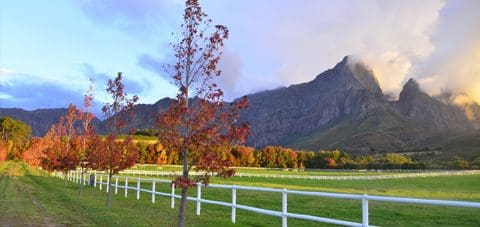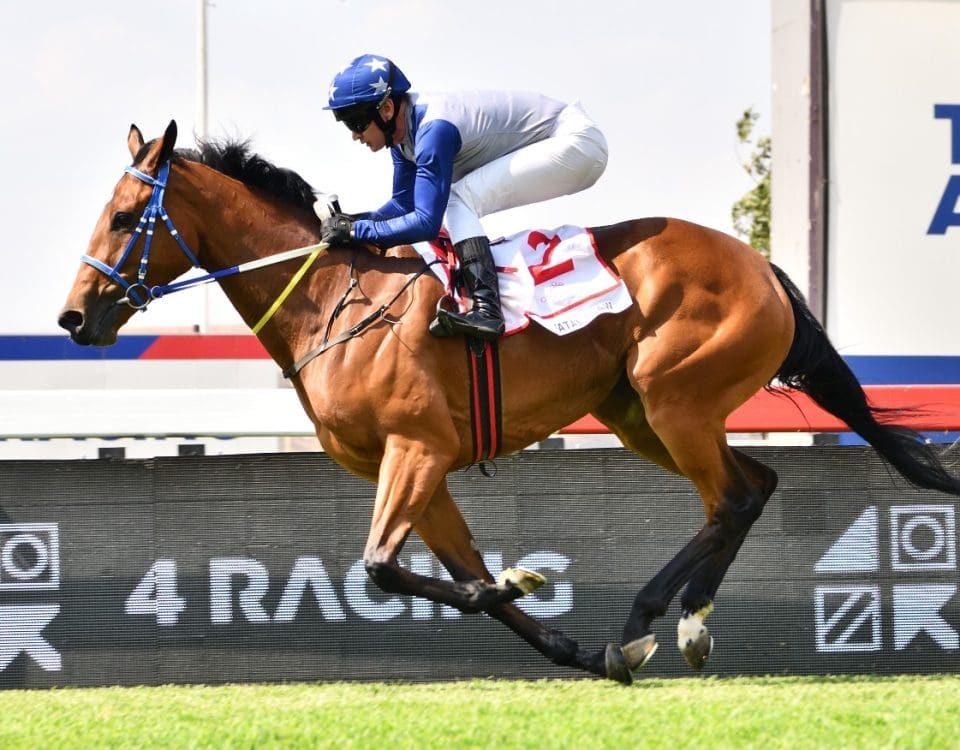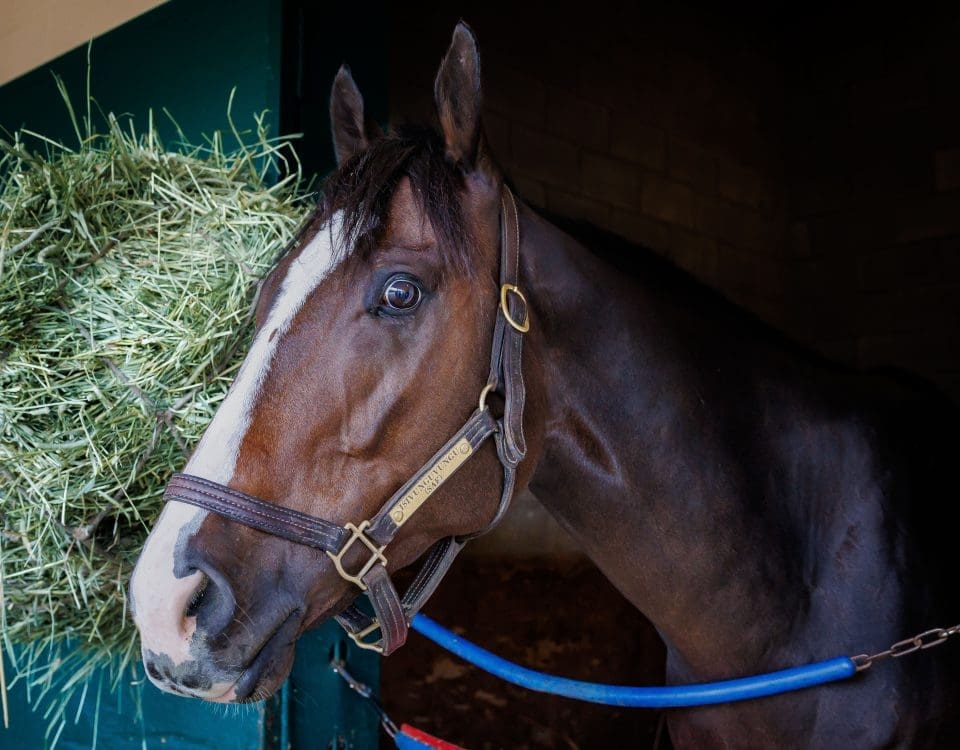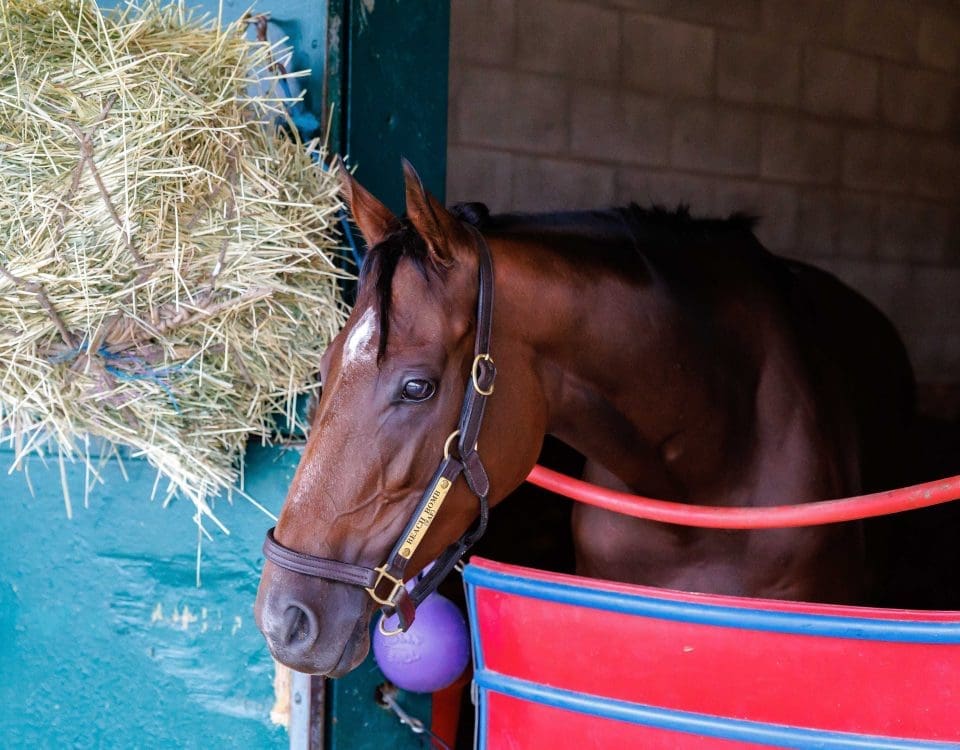LIVE STREAM TBA SEMINAR 2024
@ 4:00pm 19 August 2024
ABOUT US
Experience the South African Thoroughbred Racehorse
The Thoroughbred Breeders’ Association of South Africa was formed in 1920 to promote the South African Thoroughbred Bloodstock industry, and to safeguard and advance the interests of Thoroughbred breeders. The TBA plays a leading role in dealing with the Stud Book, The National Horseracing Authority, state veterinary bodies and other regulators and industry stakeholders. It advocates the interests of breeders on issues of equine health, welfare and research, import and export protocols and international best practices.
A shared passion for producing world class racehorses in the diverse environment of South Africa, is what drives us. Not only are we lucky enough to be home to the Big Five, wonderful bush lodges and mountainous landscapes but many of our stud farms are situated in the Cape Winelands, also well known for producing some of the best wines in the world.
The Thoroughbred Breeders’ Association of South Africa is a valuable source of information on all things Thoroughbred, and should be the first point of contact for any person seeking information on any aspect of the South African bloodstock industry, especially international visitors looking to travel to and invest here.
Capers continued to play a role in early South African races up to 1860 or so, when they were eventually replaced by Thoroughbreds, and, in some cases, by the Australian Waler. A number of South African bred horses also found their way to Australasia – where they played a role in forming some of the early Colonial families.
Cape racing received a considerable boost with the arrival of Lord Charles Somerset in 1814. Somerset, for whom a prominent Cape juvenile feature is named, organized a government stud and imported a large number of Thoroughbred stallions and mares to provide a much needed boost for local bloodstock.
Just 11 years after the arrival of Lord Somerset, South Africa found itself home to at least 10 colony venues which hosted racing, and Port Elizabeth (which formed its own turf club in 1857) became a hub of local racing.
The Jockey Club itself has its beginning in Port Elizabeth – where it was formed in 1882. While the Eastern Cape no longer hosts any of the country’s Grade One contests, racing remains competitive there with its major feature races being a pair of Grade Three features – the Algoa Cup and East Cape Derby.
The first racing reported to have taken place in Natal (today known as KwaZulu-Natal (KZN)) took place in the 1840s. Natal is home to South Africa’s most famous horse-race, the G1 July Handicap, which was first run in 1897.





